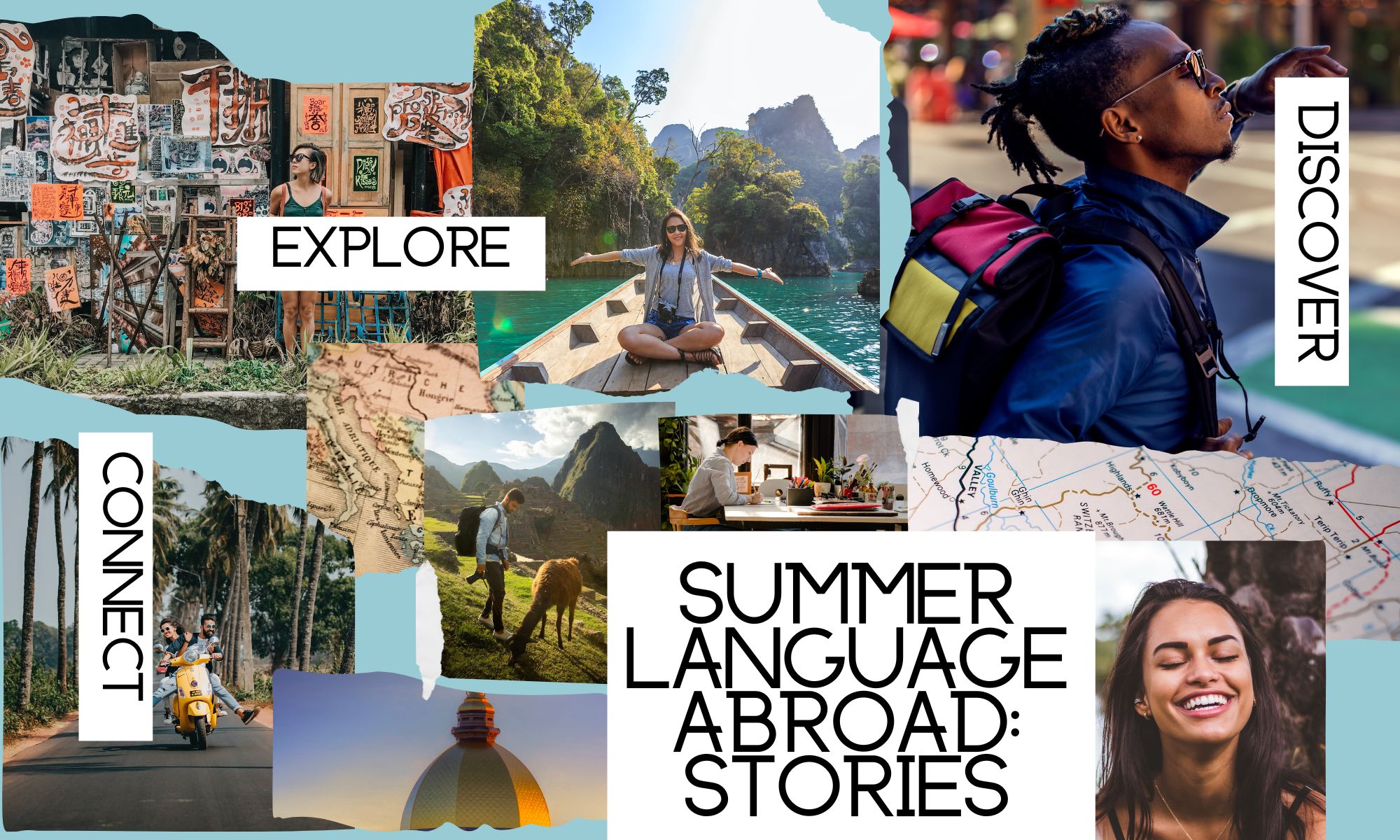
Using the Hofstede D6 model, I have been able to reflect on some of the most significant differences in various cultural dimensions in Guatemala. For this blog post, I have chosen to reflect on individualism and uncertainty avoidance between Guatemala and the U.S.
One of the first things I noticed in Guatemala was the country’s collectivist culture and strong family and community ties and values. Most people never move out of their parents home, even when they are married and have children, and if they do, they stay very close by. Both of my Spanish teachers who are women in their 30s and 40s live with their entire families. As such, families tend to live together in large compounds to accommodate everyone and there is very little personal choice in one’s actions as each decision affects the entire family. Large families that are close are regarded highly and are seen as desirable. On the bus, in the market, and in the streets I see countless mothers with their children taking them to work and on various errands and childcare is uncommon. Families work together to support one another and income is shared and everyone is responsible for everyone else. The other day I even witnessed a minor car accident in front of my bus stop that was surrounded by ten or so people and more cars kept coming to drop off additional people to the scene. It seemed as though the entire extended families, neighbors, and friends of the two cars in the accident had shown up to help.
For me, this type of ultra-collectivism seems a bit restrictive and certainly strange as it is not something I am used to. Coming from a small multicultural family that has been in the U.S. for several generations and being an only child, I have always been very individualistic in my beliefs and attitudes. I don’t call or visit home often, I seldomly talk to my parents, and I feel completely normal making big life decisions independently from my family or anyone else. While for example being a single 30 something year old that still lives at home in the U.S. would be looked down upon, in Guatemala it is common and celebrated as someone who has the right values and who cares for, supports, and is responsible for their family. I certainly don’t look down upon my teachers or other adults I know in Guatemala who still live at home because it is a completely different context than the norms and expectations in the U.S. Knowing that there exists a significant difference between Guatemala and the U.S. in this dimension of culture helps to provide more understanding of why family/community ties are so important and hold so much weight in Guatemala compared to the U.S.
When it comes to uncertainty avoidance, Guatemala has a score of 98 which means it is incredibly high in regards to trying to avoid uncertainty and ambiguity. This is clearly reflected in the country’s high affiliation with religion. 45% of the country is Catholic and another 42% is Protestant. The vast majority of the people I have met in Guatemala are religious. Religious rules and customs help Guatemalan explain the world around them, particularly when disaster strikes, and it often does, in a country filled with active volcanoes, frequent earthquakes, and now increased drought and heat waves due to Climate Change. In addition to Christian religious adherence, over 50% of Guatemalans have indigenous Mayan descent and Mayan traditions, rituals, and practices also help to make sense and give a reason to a wild and unpredictable world. At times, the Christian and the Mayan mix as in the example of Machimon, a Mayan “saint” who represents light and dark is often worshiped and given offerings to by Mayans and Christians alike. Venerated most during Holy Week, Guatemalans go to Machimon for miracles and good fortune. Machimon is just one of many traditions, rituals, and beliefs that orients Guatemalans and helps them make sense of the world. In general, traditional values and practices are held in high regard and are held to tightly.
In the U.S. religion is still practiced by many but the country becomes more and more secular and atheist each year. In addition, because there is a vast mixture of cultures in the states and because many Americans are many generations removed from their initial family members who first immigrated to the country. As a result, traditions, rituals, beliefs, and faith exist but tend to have less of a stronghold on American culture as a whole. While Americans may tend to perceive Guatemalans as superstitious or overly reliant on religion/traditional practices, Guatemalans may perceive Americans as lacking faith and being devoid of belief of anything greater than themselves.
The Hofstede D6 model is a useful tool to make sense of cultural differences that I have perceived but have been unable to label, quantify, or describe clearly. This exercise has been eye-opening in demonstrating that the differences I am perceiving are indeed real and are rooted in various dimensions of culture.


